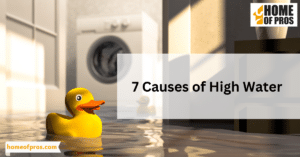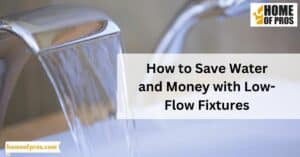Flushing the wrong items down the toilet can lead to costly plumbing repairs and environmental harm. Remember, toilets aren’t trash cans: items like wipes, feminine products, and even hair should never be sent swirling down. Keep our sewers clear and our waterways clean by disposing of these items properly!
In today’s fast-paced world, the convenience of disposable items is undeniable. Yet, it’s crucial to recognize the importance of proper waste disposal for both our homes and the environment. Too often, products labeled as “flushable” tempt us into believing they’re safe for our pipes and ecosystems. However, this widespread misconception can lead to blocked plumbing and environmental hazards. Before you next press that flush button, let’s delve into the real impact of what

1. ‘Flushable’ Wipes
The term “flushable” can often mislead consumers into believing that these wipes can be safely disposed of in the toilet. However, many of these wipes, even those labeled biodegradable, don’t disintegrate quickly enough to be considered sewer-safe. Their prolonged presence in pipes can lead to significant blockages, creating a nightmare for homeowners and city sewer managers alike. Overflows and backups can result, sometimes leading to costly repairs. Moreover, these blockages can strain municipal sewage treatment plants, leading to increased maintenance costs and potential environmental harm.
2. Feminine Products
Products like tampons and sanitary pads are specifically engineered to absorb, which means they retain water rather than breaking down in it. This characteristic makes them particularly problematic for sewer systems. Their dense, non-biodegradable composition not only leads to blockages in household plumbing but can also create significant obstructions in larger sewer systems. Because of these issues, the proper disposal method is to wrap them securely and discard them in household trash bins, ensuring they don’t enter the water treatment system at all.
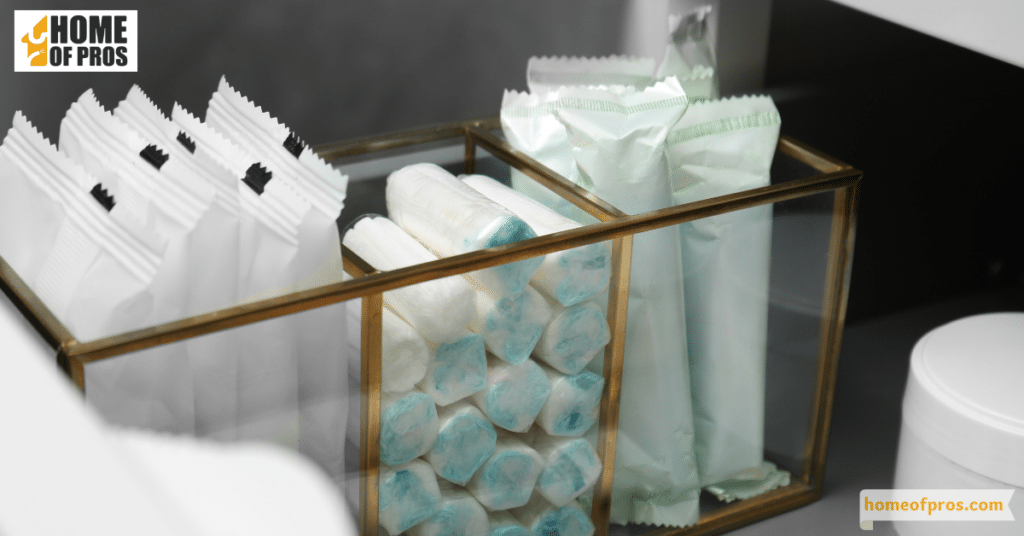
3. Cotton Balls & Swabs
Cotton balls and swabs may seem harmless due to their small size and organic material. However, their dense and compact structure means they don’t disintegrate as easily as one might think, especially when compared to toilet paper which is designed to break down in water. As they travel through pipes, they can become lodged, forming the nucleus of larger blockages as other flushed materials accumulate around them. This accumulation can not only lead to household plumbing issues but can also interfere with municipal wastewater treatment, leading to inefficiencies and additional costs.
4. Hair
Anyone who has cleaned a shower drain knows how much hair can accumulate over time. When flushed or washed down drains, hair strands, which are naturally strong and durable, can intertwine and form sizable clumps. These clumps can then trap other debris, creating significant blockages in pipes. In a broader context, large masses of hair in the sewer system can disrupt the wastewater treatment process. Additionally, since hair decomposes slowly, it can contribute to long-term buildup and environmental strain in aquatic ecosystems.
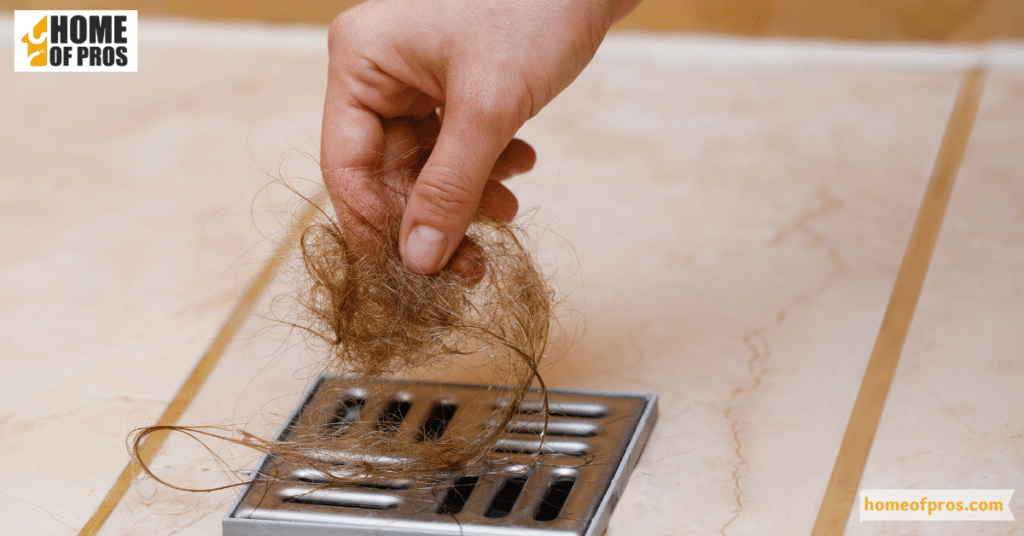
5. Medication
While it might seem harmless, or even prudent, to flush old or unused medicines down the toilet, doing so can have unintended environmental consequences. Many medications contain compounds that, when introduced into waterways, can harm aquatic life. Fish and other marine creatures can experience hormonal imbalances, behavioral changes, or even death due to medication contamination.
6. Dental Floss
Often overlooked, dental floss poses a unique challenge to plumbing systems. Its strength and durability, which are advantages for oral hygiene, become disadvantages when flushed. Able to entangle with other objects, dental floss can form the foundation for larger obstructions. Additionally, because it’s non-biodegradable, it won’t naturally decompose in water systems, leading to potential long-term issues in sewage plants. The clear solution? Discard used floss in your trash bin, keeping it away from your toilet.
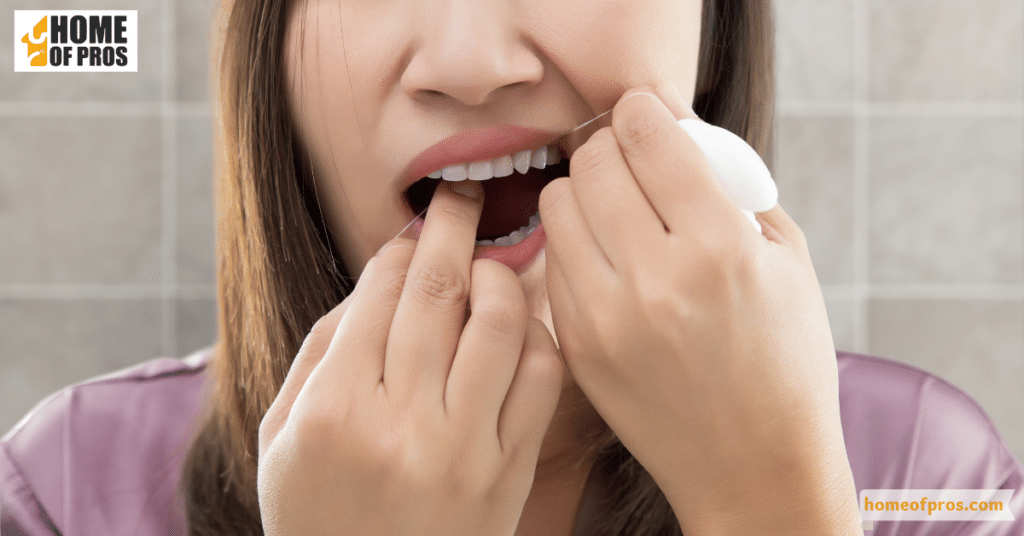
7. Grease, Fats, and Oils
Household kitchens regularly produce these substances, which might seem harmless when in liquid form. But when introduced to cooler temperatures within the plumbing, they congeal and stick to pipe walls. Over time, these accumulations can drastically reduce water flow, leading to backups and potential damage.
In city sewers, they can coalesce with other non-biodegradable items, forming massive ‘fatbergs’ that can block entire sections of the sewage system. Instead of flushing or pouring them down drains, pour these substances into a container, let them solidify, and then safely dispose of them in the trash.
8. Cat Litter
While advancements in cat litter have produced some “flushable” options, flushing it remains a bad idea. These litters can still cause blockages, especially when they interact with other non-flushable items. Additionally, cat feces can carry Toxoplasma gondii, a parasite potentially harmful to marine life when introduced to waterways. The safest and most environmentally friendly disposal method is to bag used litter and dispose of it in the trash.

9. Condoms
Though they may seem small and inconspicuous, condoms can pose significant issues when flushed. Made from latex or other synthetic materials, they are resistant to the biodegradation process. In plumbing systems, they can expand and block water flow, and their journey doesn’t stop at your house—they can contribute to larger blockages in municipal systems. Additionally, as they break down into microplastics, they can pollute waterways, harming aquatic life. The remedy is simple: always dispose of condoms in the trash.
10. Band-Aids and Plasters
Band-Aids, plasters, and similar first-aid items often incorporate plastic materials for durability and water resistance. However, these same properties mean they won’t disintegrate or break down easily when flushed. In plumbing systems, they can adhere to pipe walls or combine with other materials, leading to blockages.
Beyond individual households, they can create additional challenges for water treatment facilities. The bottom line? Whether they’re used to cover up a tiny paper cut or a larger scratch, these items should always be tossed in the trash, never the toilet.
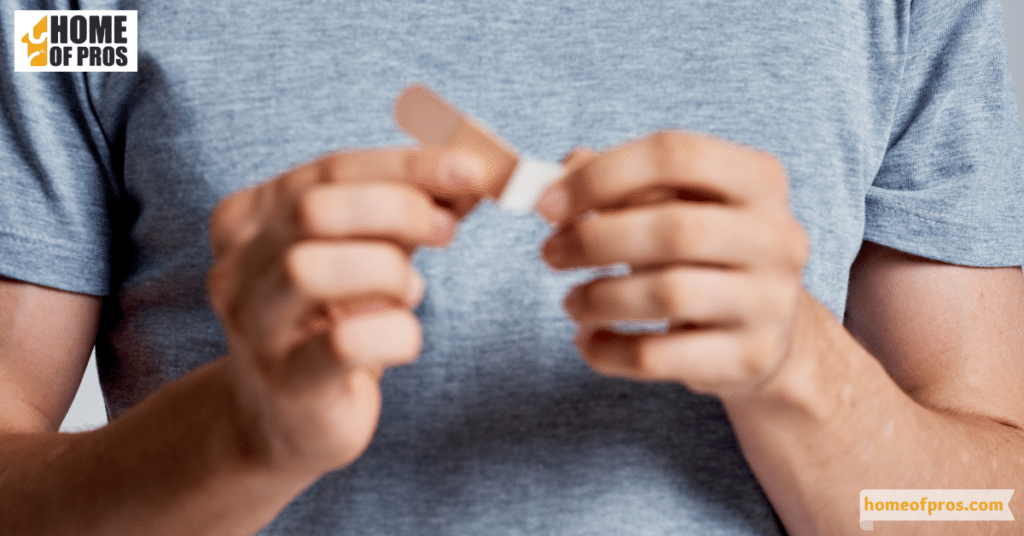
Conclusion
Proper disposal practices in our homes are more than just a matter of convenience; they’re essential for the longevity of our plumbing systems and the health of our environment. What we choose to flush down our toilets has a ripple effect, impacting not only our immediate surroundings but also municipal facilities and natural waterways.
By being mindful and making informed decisions about what goes down our drains, we can prevent costly repairs, protect aquatic life, and contribute to a cleaner, safer world for everyone.



